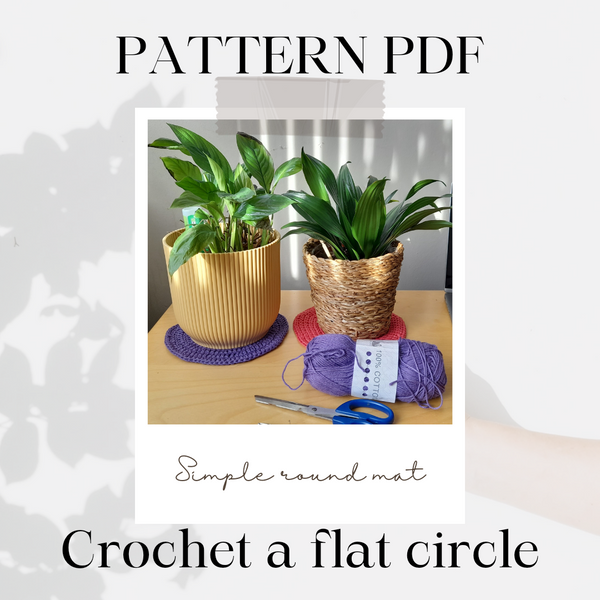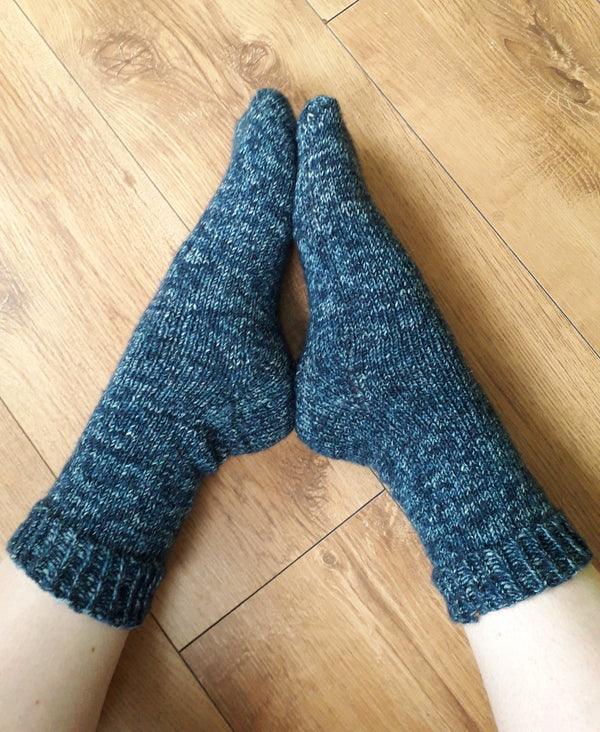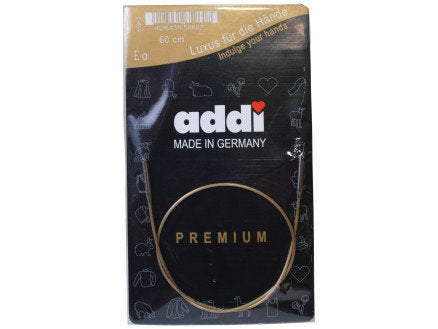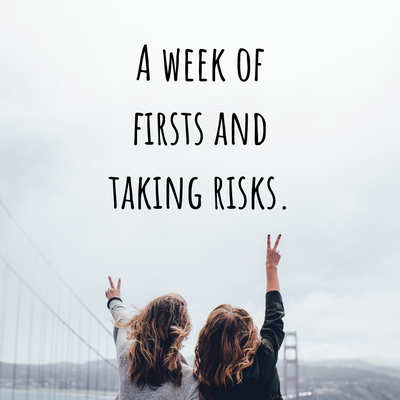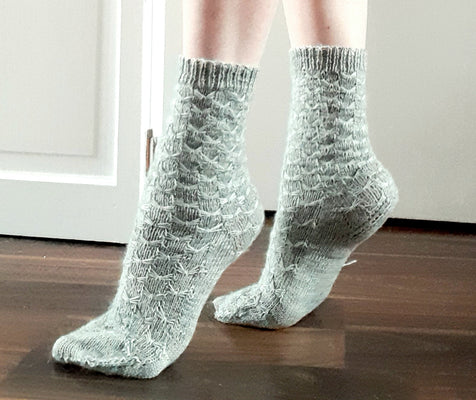Here's how to cast on and knit with double pointed needles.
Ever wanted to try double pointed needles but were put off by how complicated they look? Maybe after seeing how to cast on and knit with them, you might see past the entangled hedgehog and feel more confident about giving them a try.
Here's a video showing you how to knit with double pointed needles. There is also a step by step photo tutorial on this page.
What are double pointed needles used for?
You can use DPNs (double pointed needles) to knit absolutely anything in the round. You can use short ones such as 10cm and 15cm to knit socks and mittens, then there's 20cm needles for hats and cowls. There are also 40cm double pointed needles to knit garments on. They're very versatile and knitters have been using them for at least a century. That's a long enougn lifespan to justify their usefulness, don't you think?

Double pointed needles come in a range of materials and textures too. Wood needles are probably the lightest, with aluminium, plastic and steel not far behind. You can try the different materials out and see what's right for you. Wood needles have a bit more flex so can therefore be more forgiving for a loose-tensioned hand. The steel needles may be more slippery and less useful for you but you won't know until you try them as they can have excellent precision on lace knitting and picking up stitches.
This blog post is all about getting you started with double pointed needles. Take your time, be patient and have a go!
Casting on with double pointed needles:
To cast on, cast on like you would with a traditional, straight needle. A problem for many beginners is casting on too tightly and this can cause your stitches to twist, so here's what I do:

Cast on across two needles held together. This forces some space between the stitches and allows you to easily get the next needle into the stitches. If your cast on method doesn't work with this two needle technique, just cast on with one larger, straight needle.
For the sake of this tutorial, let's call them needle 1, 2 and 3 with an active needle.

In this example here I have a 4mm straight needle to cast on with and I'm using 3mm double pointed needles for the rest of the project. This needle with no stitches on it will be needle 1.

When you have cast on the desired amount of stitches, use just one of the spare needles to start knitting. Let's say that in this example it is a sock that we are knitting, we would be doing rib stitches (K1, P1).
Decide how many needles you want to use to knit your project.
Double pointed needles come in sets of 4 or 5. Most knitters will use 3 or 4 needles to hold stitches and 1 needle as the active needle.

In this example, I'm knitting stitches using the active needle. This will become needle 1. I've called it the 'active' needle and as you knit in the round, there should always be one free or 'active' needle for picking up the stitches.

Now I'm knitting another batch of stitches onto the active needle. This will be needle 2.
When you've decided how many stitches you need to have on each of the needles, just keep knitting across them with the active needle. The active needle will change every time you finish a set of stitches. In the photo above, I'm knitting the second set of stitches with my active needle.

If you've cast on over two needles, you can remove one of them when knitting the last set of stitches as you'll need a new active needle to create needle 3.

When you've knit across all of the cast on stitches, it is time to join to work in the round. All you have to do is bring the first needle back to your right hand. It should have the tail end with it. I've knit across needle 1, 2 and 3 and have an active needle (4th needle). You can do this easily by flipping the entire project over.

To join, knit the first stitch of needle 3 with the active needle.

This will cause them to join in the round. You just keep knitting across the needles until you get to the desired length.
If you're knitting something larger like a hat or even a garment, you may want to use 4 needles plus the active needle.
How do I stop the needles slipping off?
If you are starting out and don't feel confident keeping control of the needles, this can be due to loose tension/things getting caught,
To ensure the needles don't point vertically and slip out of your stitches, you can try any of these things:
- Knit over a desk so that the needles stay mostly horizontal.
- Knit over a cushion on your lap. This will stop the needles from dropping anywhere.
- Make sure your sleeves aren't long and getting in the way. Roll them up or wear short sleeves when you're using your DPNs for the first few times.
- Try not to hold the needles up to your face to see stitches. This can cause them to slip off. Make sure you have good lighting and can see the project well.
- Use needle stoppers. These are usually rubber shapes such as cones or balls that stop stitches slipping off the needles. Whilst they are very practical for needle storage and holding projects when you're not using them, they might be a bit of a hassle if you have to remove them every time you knit onto the next needle.
As your tension improves, your needles should stay on the stitches.
Using double pointed needles shouldn't be scary
At the end of the day, you are only ever knitting with two needles at any one time. Don't let other knitters put you off using double pointed needles. There are often well meaning but unhelpful suggestions to "just use magic loop" or "buy these types instead" but I think it's important that you try things out before deciding what is and isn't for you. For all you know, you could love using double pointed needles.
Thank you for supporting my work. As you know, I don't run ads on my blog posts. If you'd like to show your support by leaving a tip, you can do so at Ko fi here. Thank you for visiting my blog!
Useful links
Shop double pointed needles here
Learn to knit socks in the round here
Shop stitch markers here.




